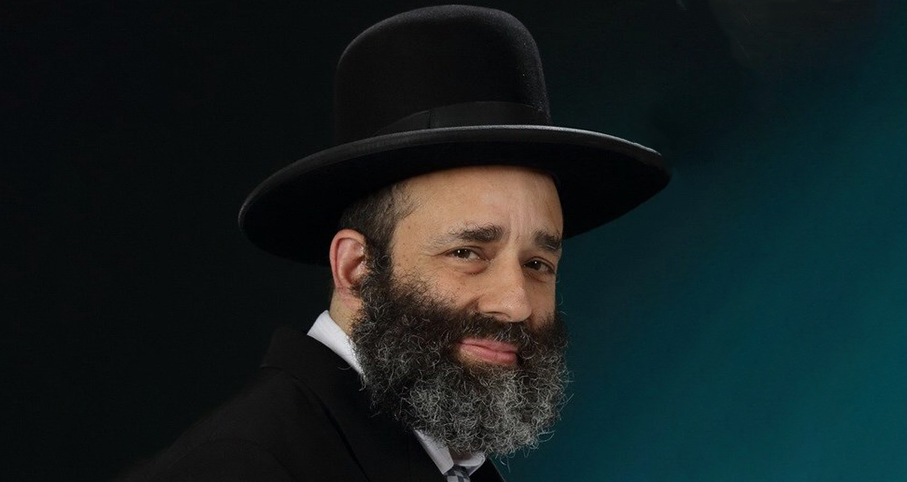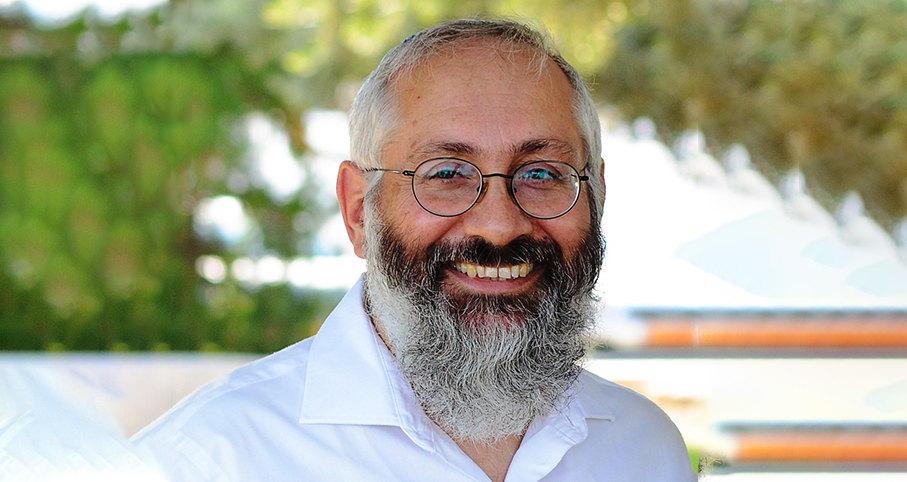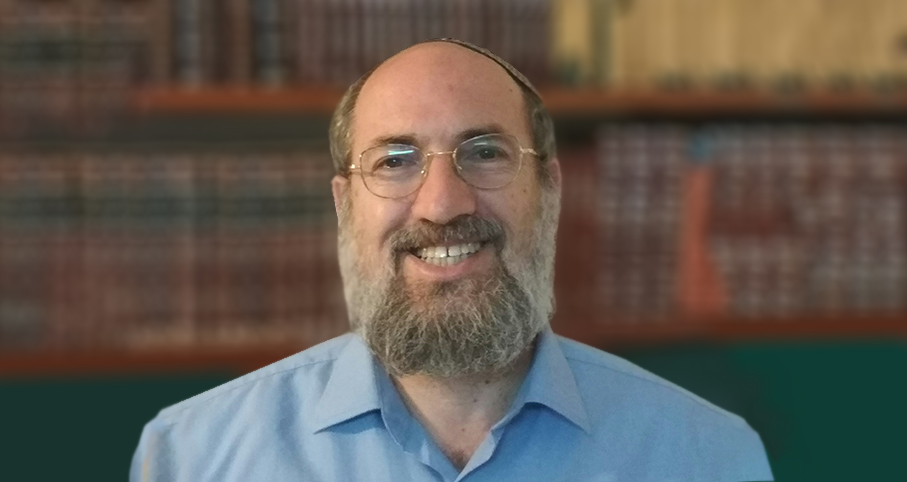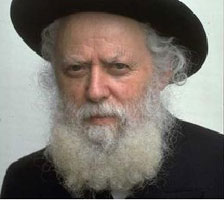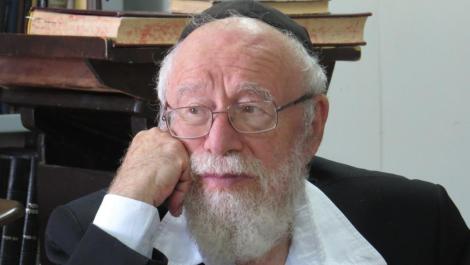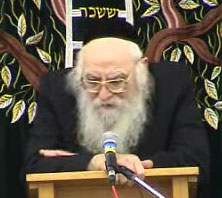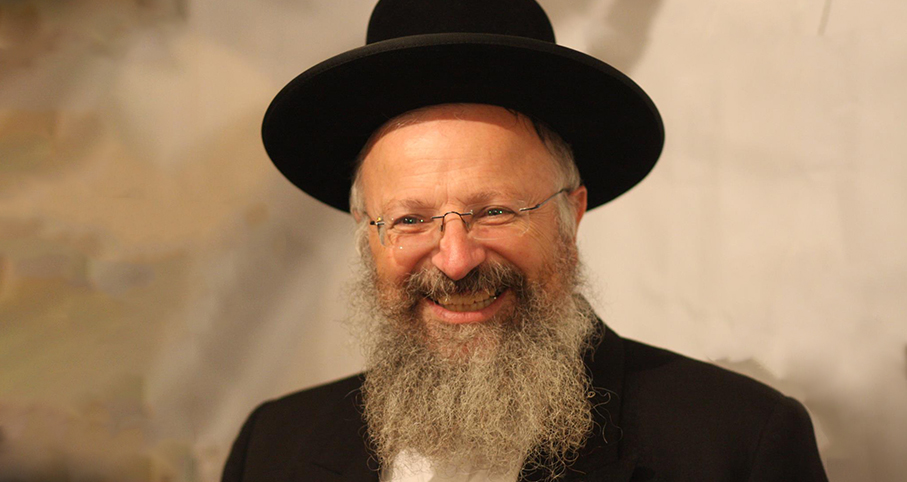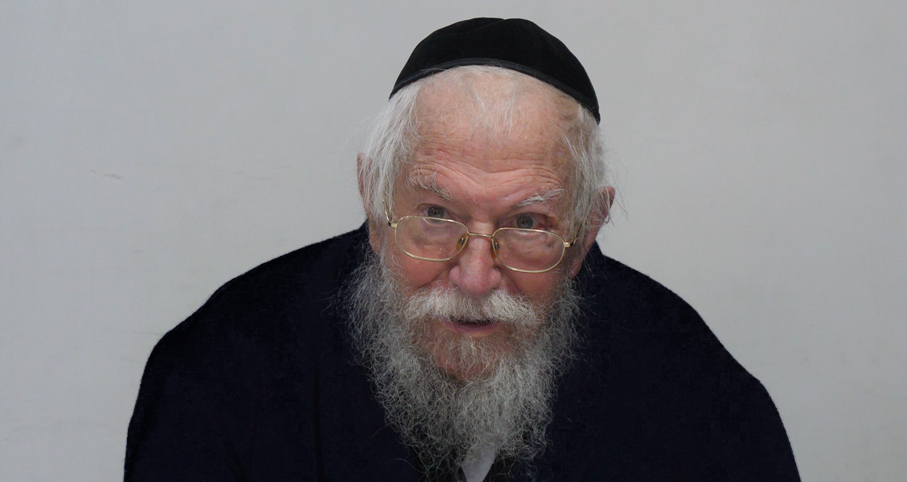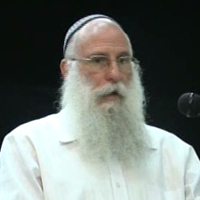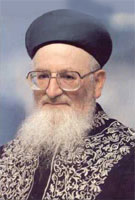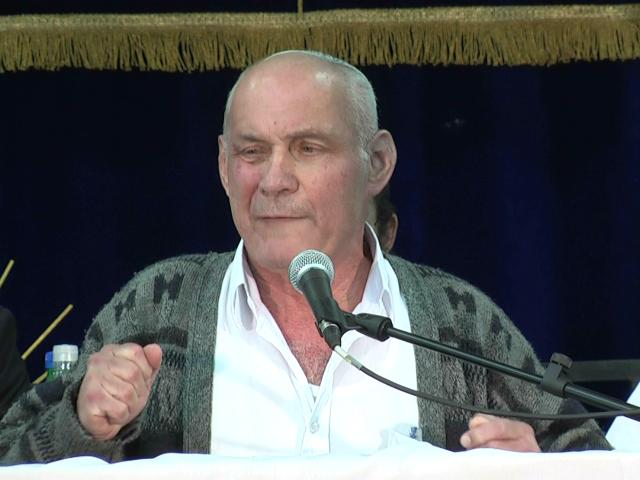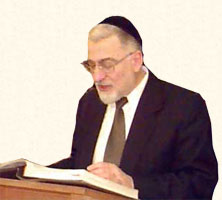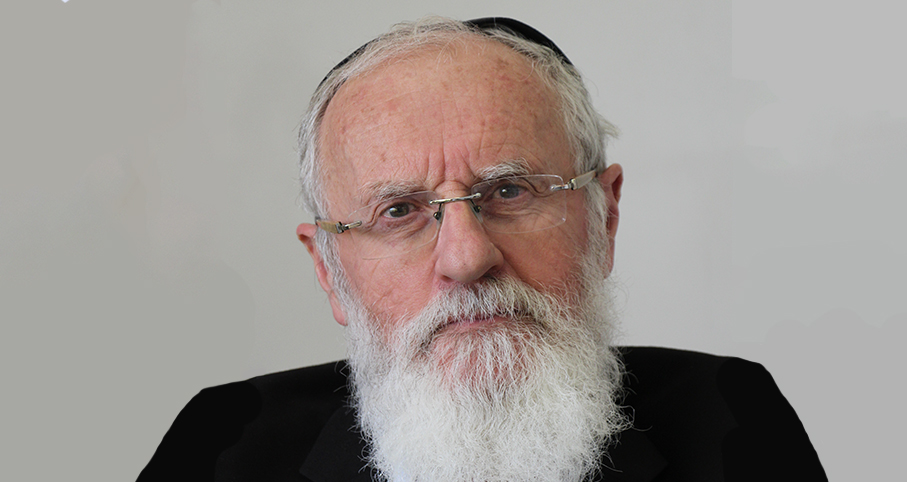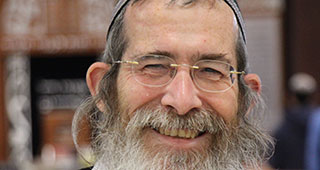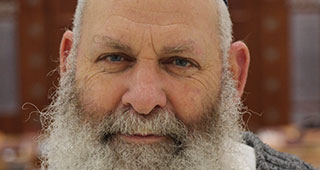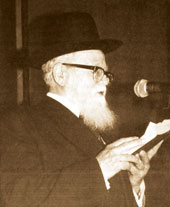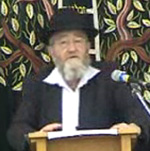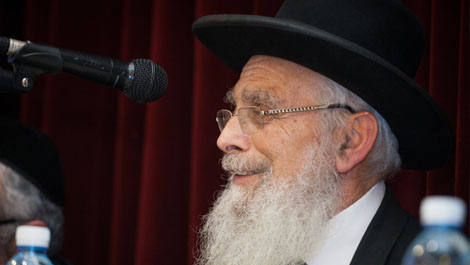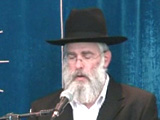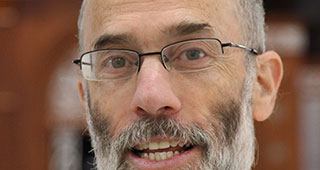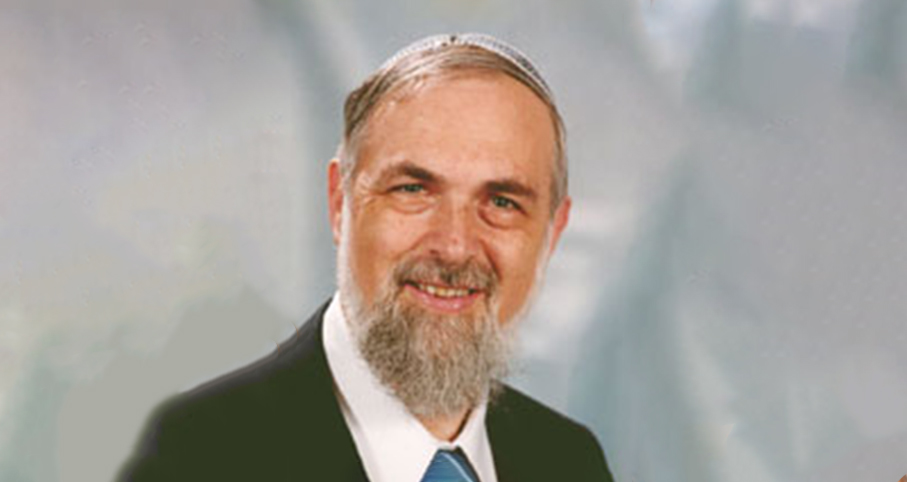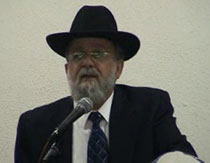Beit Midrash
- Shabbat and Holidays
- Rosh Hashana
- Shofar Blowing
The tekiah with its long straight sound indicates the serenity in life that is so necessary for productive human and family life. It also indicates discipline and consistency. These are the items that constitute a successful and happy Jewish family and home. Children raised in a home of serenity, peace, discipline and consistency grow up to be people of self-worth and proud Jews. The presence of the Shabat day in our weekly lives introduces us to this supreme trait of serenity in a home. Shabat is one long twenty five hour tekiah. That may also help explain why on Shabat the shofar is not sounded - Shabat itself, so to speak, becomes the shofar, certainly at least the tekiah part of the ceremonial sounding of the shofar. Its serenity and consistency sets the tone for the entire week and thus for all of our lives. It is not for naught that Jewish halacha views the observance of the Shabat as the basic identifying characteristic of a Jew’s relationship to the observance of Judaism and Jewish law and tradition. The laws of halacha regarding the sounding of the shofar also demand that all of the other notes sounded must have a tekiah to proceed it and to succeed it. The tekiah - the serenity and consistency traits of human life - is the bookends of all Jewish life. It comes first and it comes last. Without it the other notes are relatively meaningless.
The shevarim represents the times of trouble, the wails that emanate from us when failure, tragedy and seemingly insurmountable problems loom before us. The wail from the human heart is a sound that is heard in Heaven. Perhaps the reason that there are different customs allowed by halachic practice regarding the shevarim sound is because no two human beings wail alike. Each tear in life is unique to the one who has shed it. The rabbis have taught us that our tears are stored, so to speak, in Heaven and counted by the Almighty. The Jewish people have shed an ocean of tears over our long history but those tears have congealed to become the foundation stone of our personal lives and our national existence. We cannot pass through this life without shevarim. But we can build upon those very sounds of wailing to construct a better future for all of us.
The teruah is a call to action, to accomplishment, ingenuity and industry. It signals that passivity is unacceptable if the Jewish mission is to be realized. The short staccato sounds remind us that progress is often slow, step by step. The rabbis in Avot taught us that it is not for us to complete the work but we are not absolved from attempting to achieve the ultimate goal of holiness and goodness. Redemption and self-improvement are processes and not necessarily a miraculous and sudden epiphany. We sound the shevarim and teruah consecutively in part of the shofar service to indicate that after troubles and even tragedy, resilience and positive action is required. Thus the sounds of the shofar come to point our way towards a serene, disciplined and active year that will be filled only with wails of joy and happiness.
The Laws of Blowing the Shofar
Rabbi Eliezer Melamed | Thursday, 23 Elul 5767

100 Blasts for the Homebound
Rabbi Daniel Mann | Elul 26 5780

How many shofar blasts must we hear on Rosh Hashana?
Rabbi Stewart Weiss | Elul 14 5780
